Home>Gardening & Outdoor>Pool & Spa Care>How To Lower Cyanuric Acid In Hot Tub
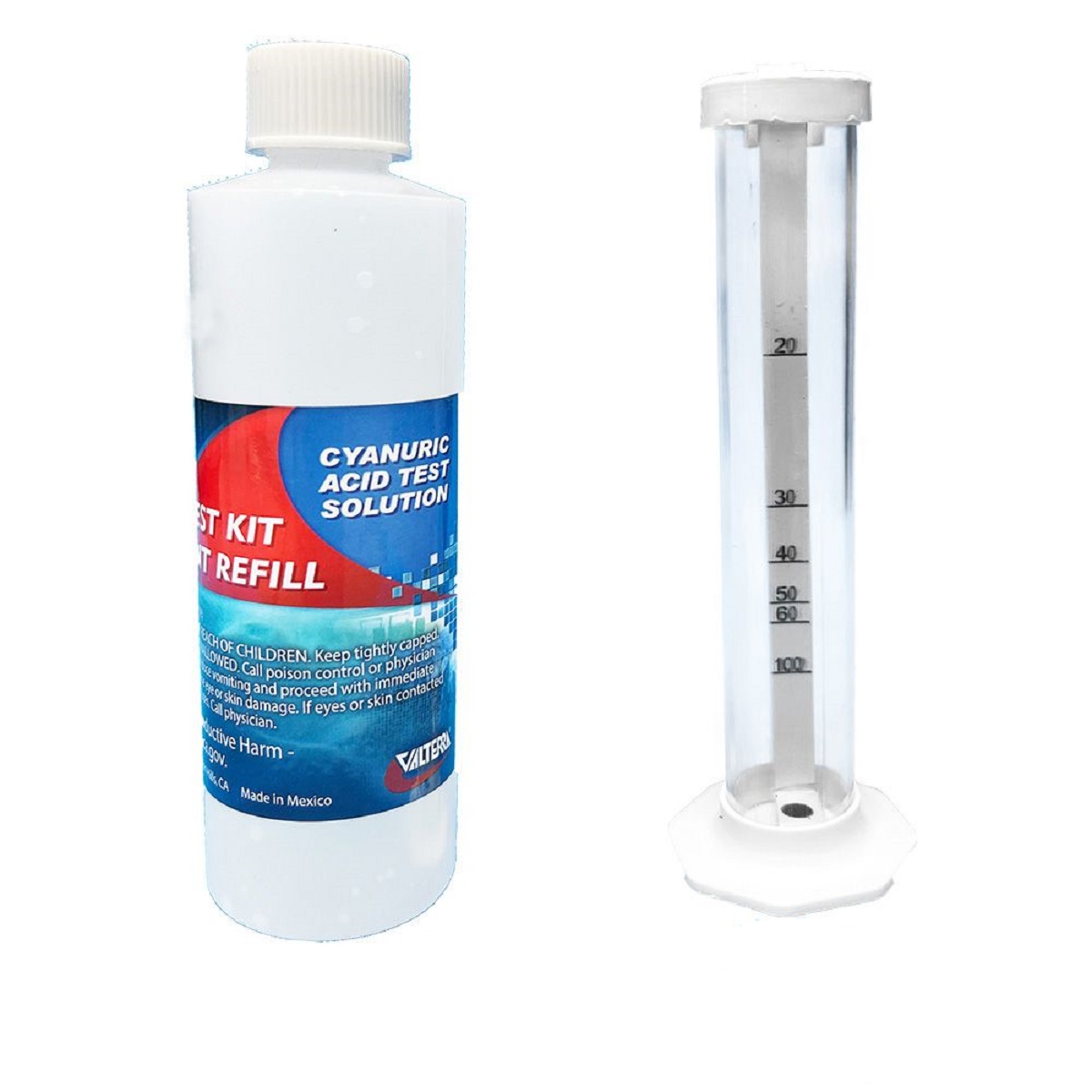

Pool & Spa Care
How To Lower Cyanuric Acid In Hot Tub
Modified: February 26, 2024
Learn effective methods for lowering cyanuric acid in your hot tub with expert pool and spa care tips. Keep your hot tub water balanced and safe for enjoyable soaking.
(Many of the links in this article redirect to a specific reviewed product. Your purchase of these products through affiliate links helps to generate commission for Storables.com, at no extra cost. Learn more)
Introduction
Welcome to the wonderful world of hot tubs! Soaking in a hot tub is a luxurious and relaxing experience that many people enjoy. However, maintaining the water quality is essential for a safe and enjoyable soak. One crucial aspect of hot tub maintenance is managing the levels of cyanuric acid. In this guide, we will explore the importance of cyanuric acid, how to test its levels, and effective methods for lowering it when necessary. By understanding and addressing cyanuric acid levels, you can ensure that your hot tub water remains clean, clear, and inviting for all your soaking sessions.
Key Takeaways:
- Keep your hot tub water safe and clean by managing cyanuric acid levels. Test regularly and use methods like dilution, reverse osmosis, or enzyme treatment to lower cyanuric acid when needed.
- Understanding cyanuric acid’s role in protecting chlorine and maintaining balanced levels is crucial for a relaxing hot tub experience. Regular testing and proactive management ensure optimal water quality.
Read more: What Is Cyanuric Acid In A Hot Tub
Understanding Cyanuric Acid
Cyanuric acid, also known as CYA or stabilizer, plays a vital role in maintaining the effectiveness of chlorine in outdoor hot tubs. When ultraviolet (UV) rays from the sun hit the water in your hot tub, they can break down the chlorine, reducing its sanitizing power. This is where cyanuric acid comes to the rescue. It acts as a shield, protecting the chlorine from UV degradation and extending its lifespan in the water.
While cyanuric acid is beneficial for preserving chlorine, it’s important to maintain the right balance. If the cyanuric acid levels climb too high, it can lead to issues such as chlorine lock, making it challenging for the chlorine to effectively sanitize the water. On the other hand, insufficient cyanuric acid can result in rapid chlorine dissipation, leaving the water vulnerable to bacteria and algae growth.
Understanding the role of cyanuric acid in your hot tub is crucial for achieving and maintaining optimal water quality. By keeping an eye on cyanuric acid levels and taking appropriate measures, you can ensure that your hot tub water remains safe, clean, and inviting for all your relaxation needs.
Testing Cyanuric Acid Levels
Regularly testing the cyanuric acid levels in your hot tub is essential for maintaining balanced water chemistry. There are several methods available for testing cyanuric acid, each offering varying levels of accuracy and convenience.
1. Test Strips: Test strips are a quick and easy way to check cyanuric acid levels. Simply dip the strip into the water and compare the color change to the provided chart. While convenient, test strips may not always provide the most accurate results, especially at higher cyanuric acid levels.
2. Liquid Test Kits: Liquid test kits offer a more precise measurement of cyanuric acid levels. By adding specific reagents to a water sample, you can observe color changes that indicate the concentration of cyanuric acid. While this method requires a bit more time and attention, it is generally more accurate than test strips.
3. Professional Testing: For the most accurate assessment of cyanuric acid levels, consider taking a water sample to a professional hot tub store or service center. They can conduct comprehensive water testing using advanced equipment, providing precise results and valuable insights into your hot tub’s water chemistry.
Regardless of the testing method you choose, it’s important to monitor cyanuric acid levels regularly, especially in outdoor hot tubs exposed to sunlight. By staying proactive with testing, you can detect any fluctuations in cyanuric acid and take timely measures to maintain the ideal balance in your hot tub water.
To lower cyanuric acid in a hot tub, you can partially drain and refill the water, or use a specialized product designed to reduce cyanuric acid levels. Regular water testing and maintenance can also help prevent cyanuric acid buildup.
Lowering Cyanuric Acid Levels
When cyanuric acid levels in your hot tub become elevated, it’s crucial to take steps to bring them back into the recommended range. Here are some effective methods for lowering cyanuric acid levels and restoring the balance of your hot tub water:
- Dilution: One of the most straightforward ways to reduce cyanuric acid concentration is through partial water replacement. Draining a portion of the hot tub water and refilling it with fresh water can help dilute the cyanuric acid levels. It’s essential to calculate the appropriate amount of water to replace based on the current cyanuric acid concentration and the desired reduction.
- Reverse Osmosis: Utilizing a reverse osmosis (RO) system can effectively lower cyanuric acid levels in hot tub water. This advanced filtration process removes impurities, including cyanuric acid, to provide a fresh start for your hot tub water. Many professional hot tub service providers offer RO treatment as a comprehensive solution for water quality management.
- Enzyme Treatment: Enzyme-based products designed to break down cyanuric acid can be used to help reduce its levels in the hot tub. These products work to degrade cyanuric acid molecules, aiding in its removal from the water. It’s important to follow the manufacturer’s instructions and dosage recommendations when using enzyme treatments.
- Draining and Refilling: In cases of significantly high cyanuric acid levels, a complete water change may be necessary. Draining the hot tub entirely and refilling it with fresh water provides a clean slate for maintaining balanced water chemistry. However, this approach should be considered as a last resort due to the substantial water usage and the need to reestablish the water’s chemical balance.
After implementing the appropriate method to lower cyanuric acid levels, it’s essential to retest the water to confirm that the desired reduction has been achieved. Monitoring cyanuric acid levels regularly and taking preventive measures, such as using a hot tub cover to minimize UV exposure, can help prevent drastic fluctuations and maintain optimal water conditions for your hot tub.
Conclusion
Maintaining proper cyanuric acid levels is a fundamental aspect of hot tub care, ensuring that the water remains safe, clean, and conducive to relaxation. By understanding the role of cyanuric acid and its impact on chlorine effectiveness, hot tub owners can take proactive steps to manage and optimize water chemistry.
Regular testing of cyanuric acid levels is essential for early detection of any imbalances, allowing for timely adjustments to maintain the recommended range. Whether using test strips, liquid test kits, or professional testing services, staying vigilant with water testing is key to preserving water quality.
When faced with elevated cyanuric acid levels, there are several effective methods for lowering its concentration, including dilution, reverse osmosis treatment, enzyme-based solutions, and, in extreme cases, complete water replacement. Each approach offers a pathway to restoring the proper balance of cyanuric acid in the hot tub water, ensuring that the sanitizing power of chlorine remains optimized.
By incorporating these strategies into your hot tub maintenance routine and staying attuned to cyanuric acid levels, you can uphold a pristine hot tub environment that promotes relaxation and rejuvenation. Remember, a well-maintained hot tub with balanced water chemistry enhances the overall soaking experience, allowing you to fully enjoy the therapeutic benefits of warm, inviting water.
With a commitment to attentive care and informed maintenance practices, you can create a haven of comfort and tranquility within your hot tub, ensuring that every soak is a delightful escape into serenity.
Frequently Asked Questions about How To Lower Cyanuric Acid In Hot Tub
Was this page helpful?
At Storables.com, we guarantee accurate and reliable information. Our content, validated by Expert Board Contributors, is crafted following stringent Editorial Policies. We're committed to providing you with well-researched, expert-backed insights for all your informational needs.
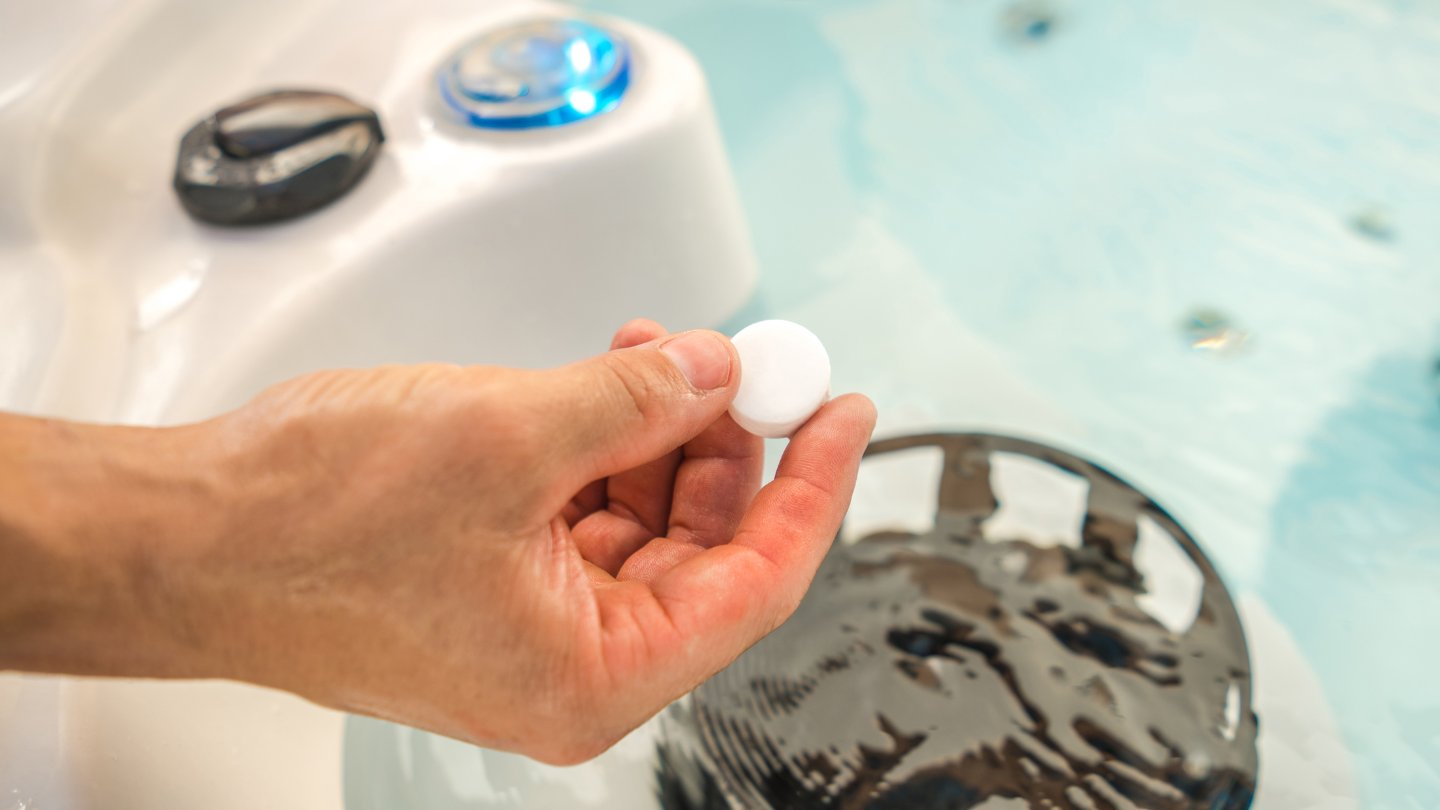
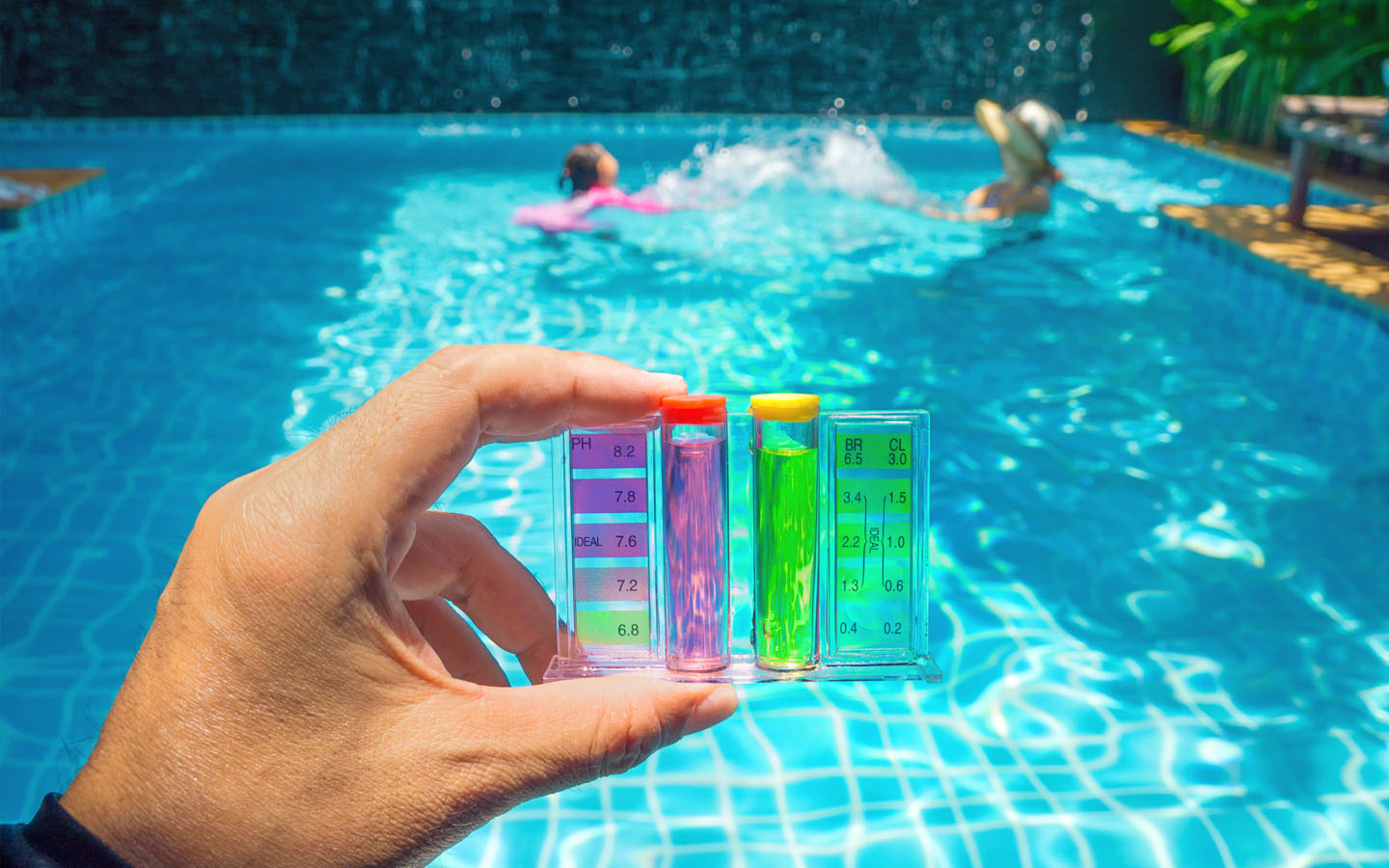
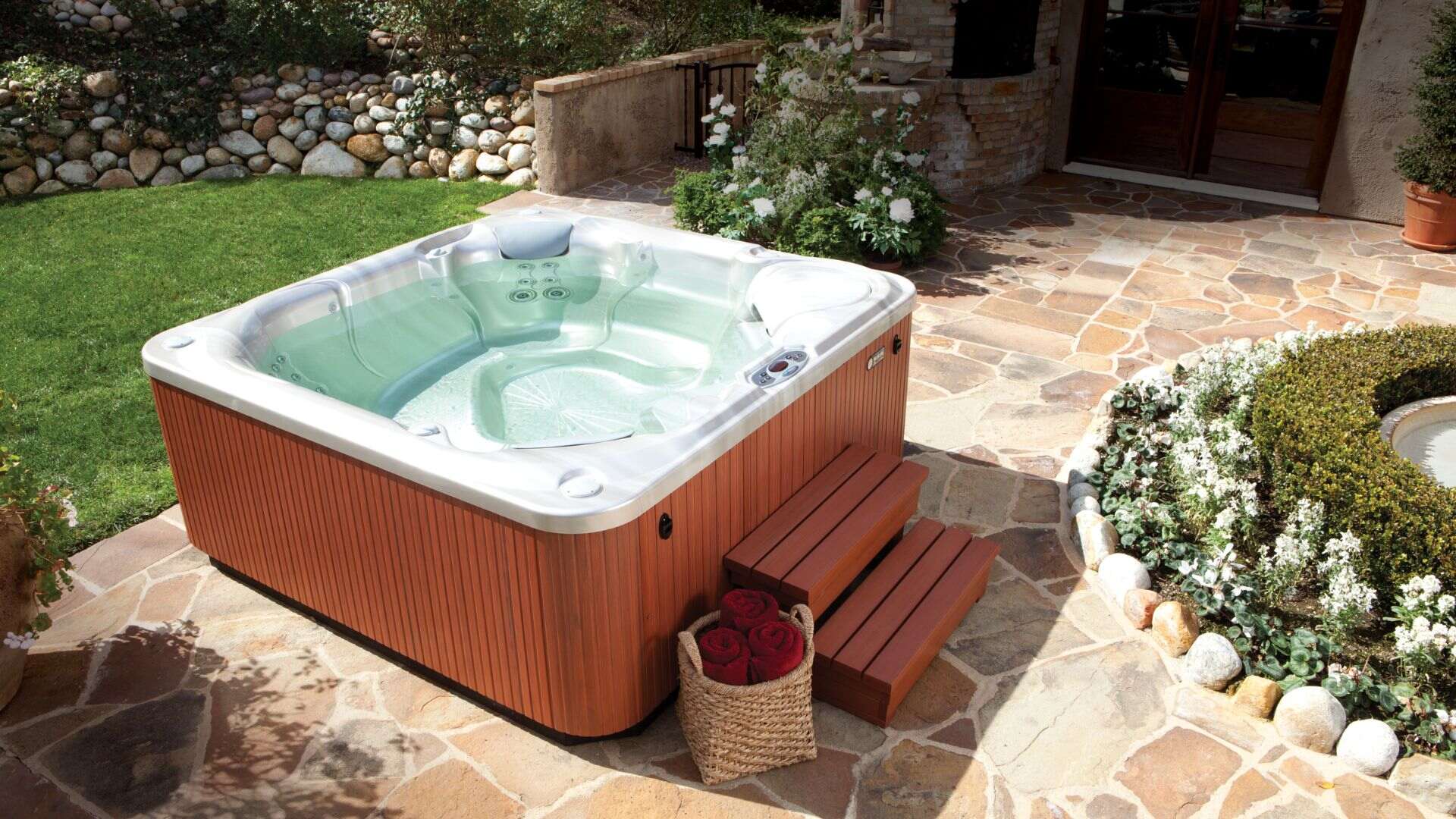
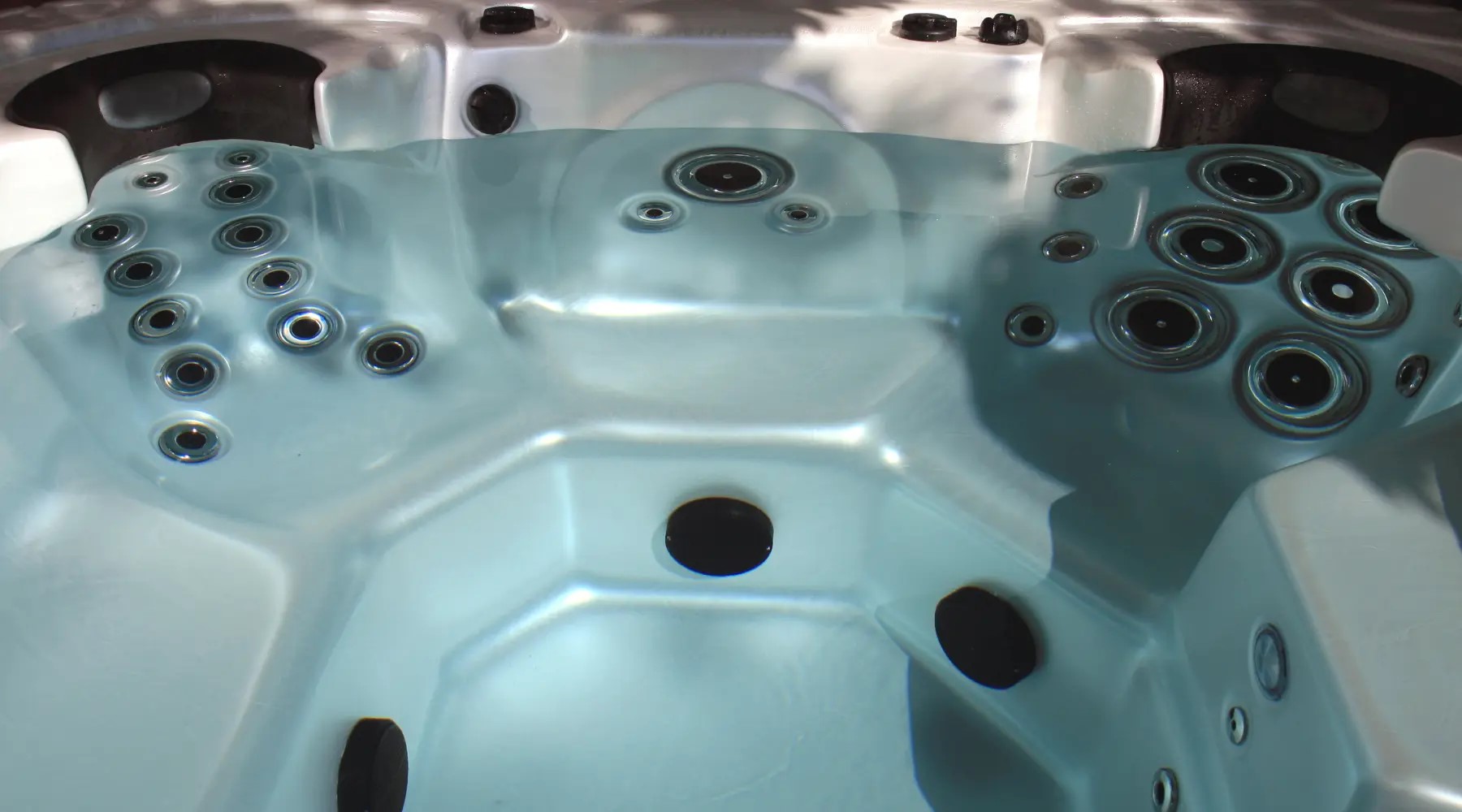
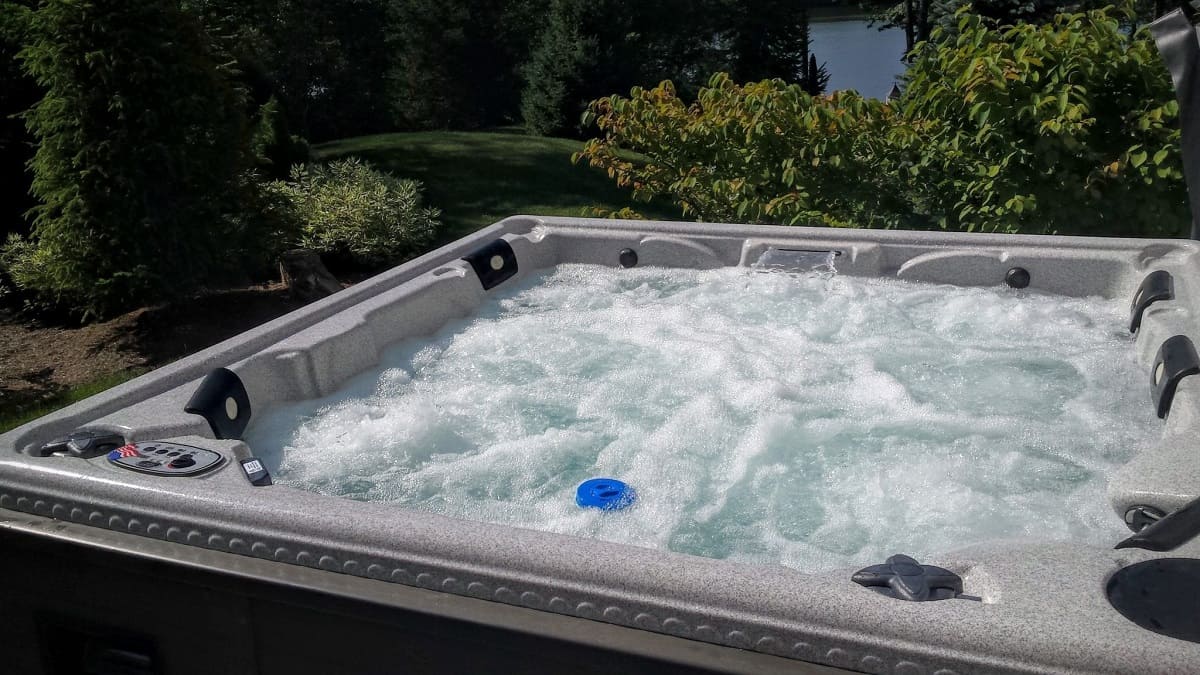
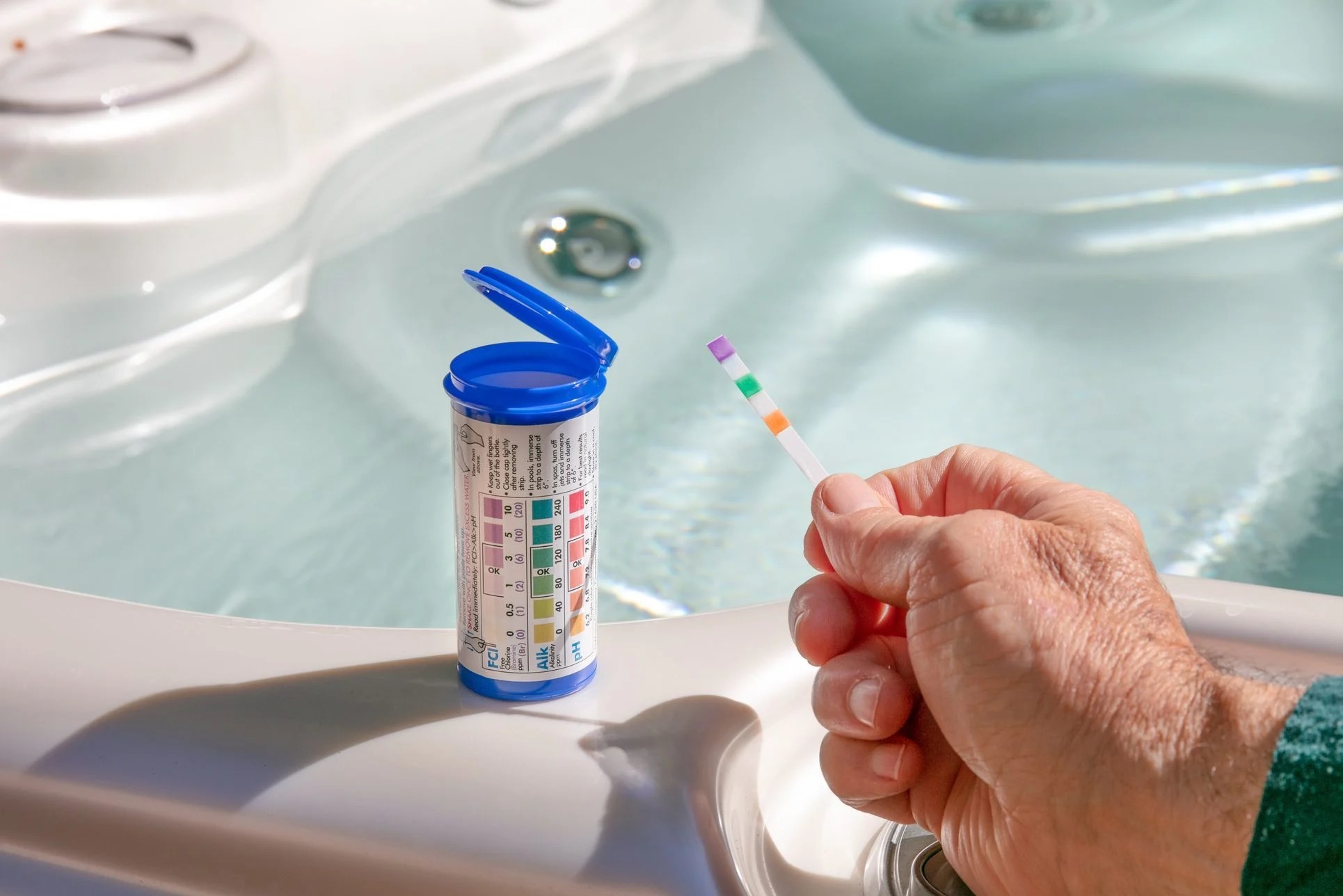
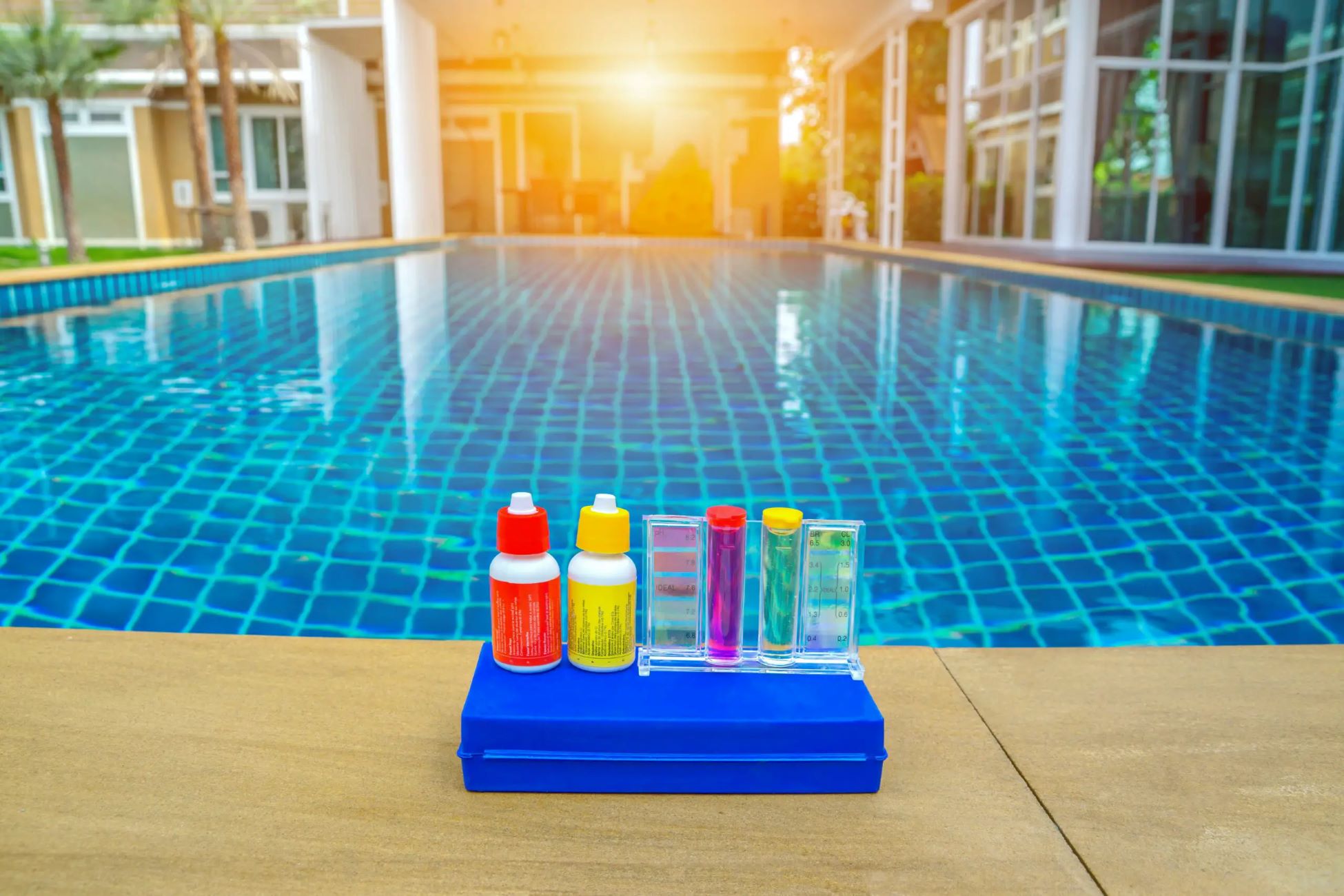
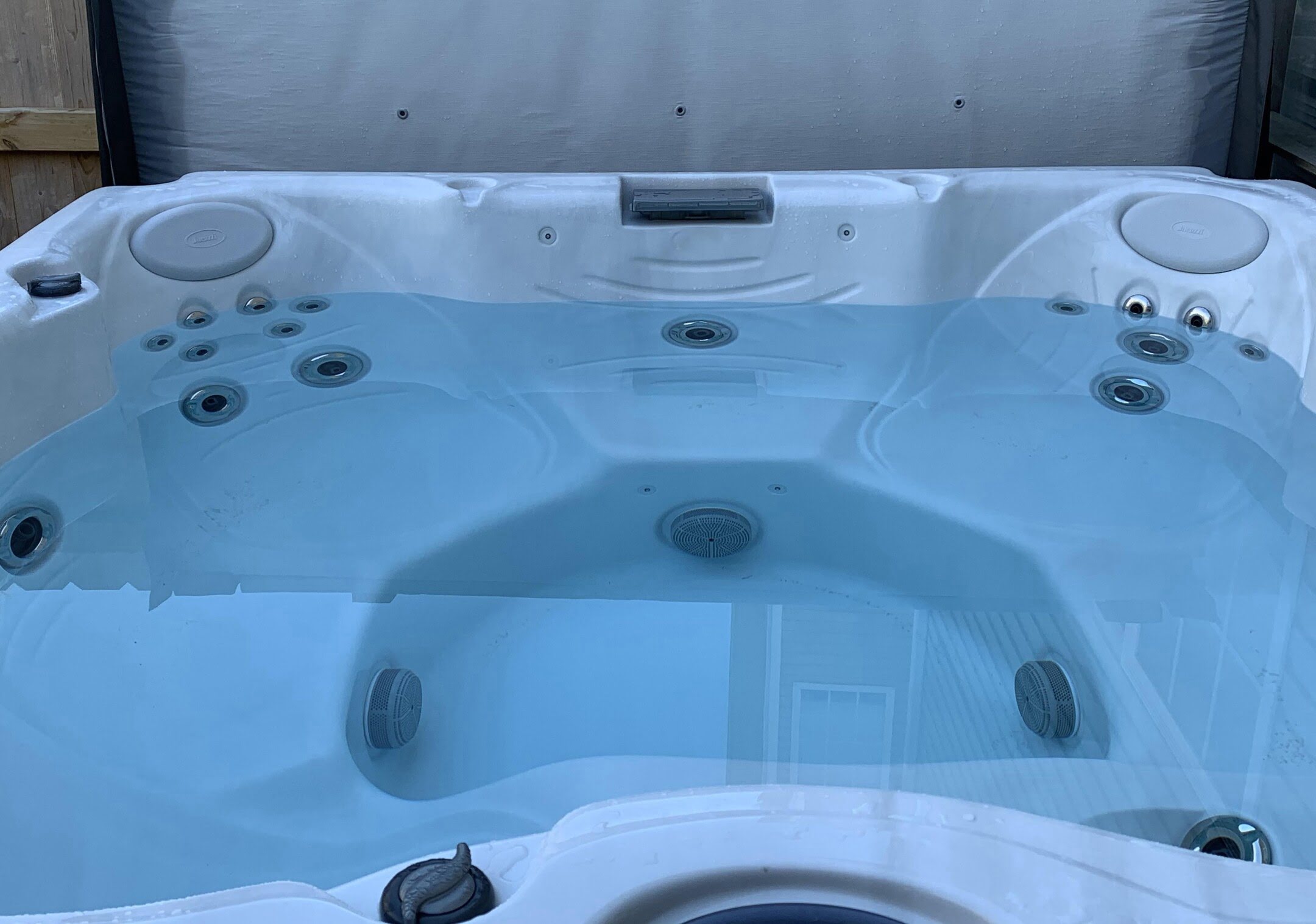
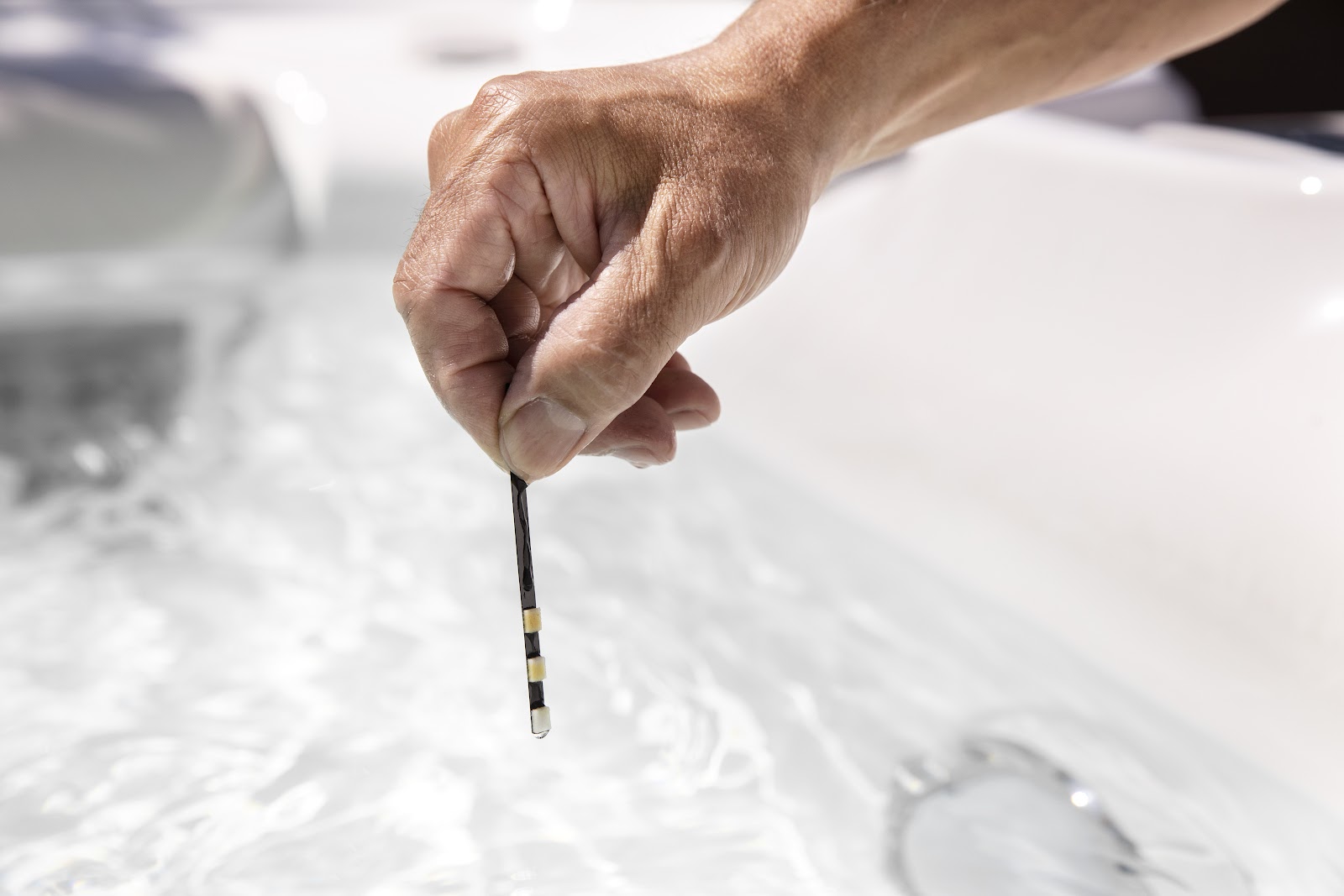

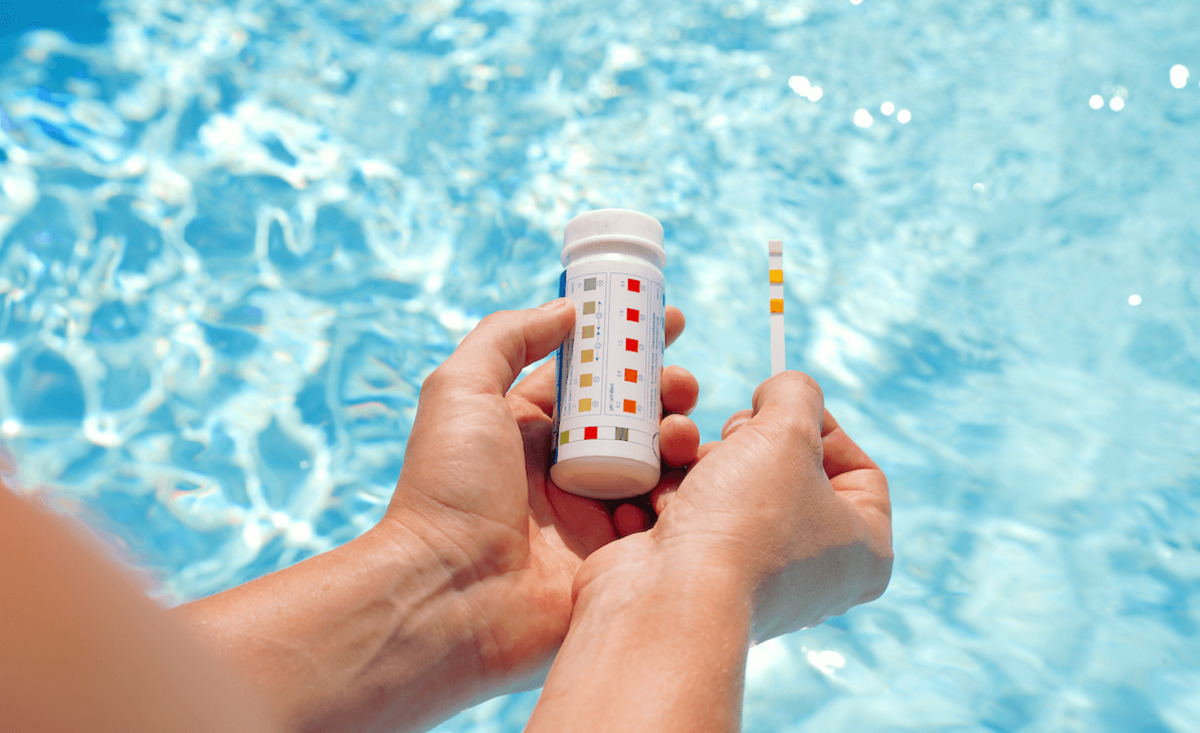
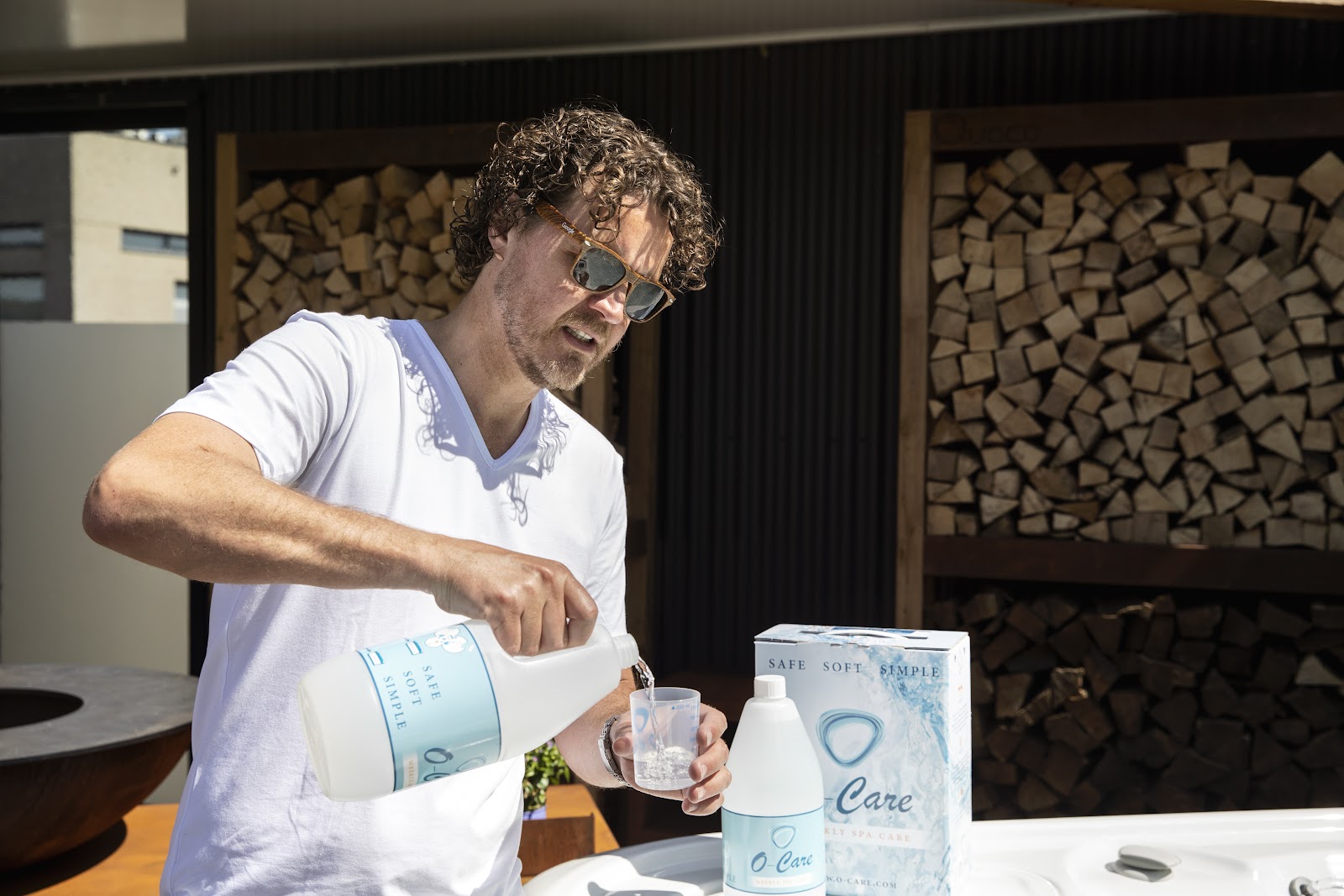
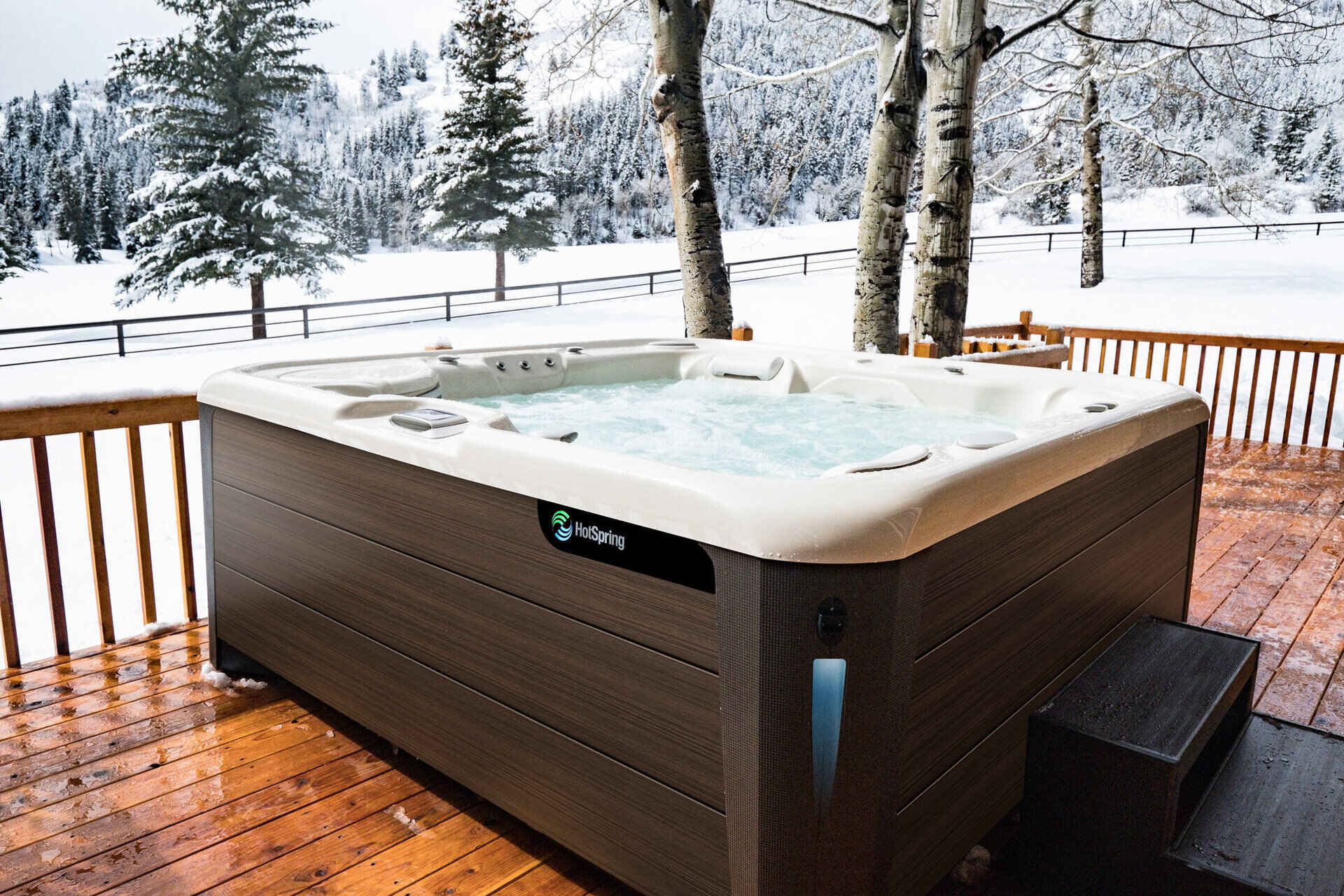
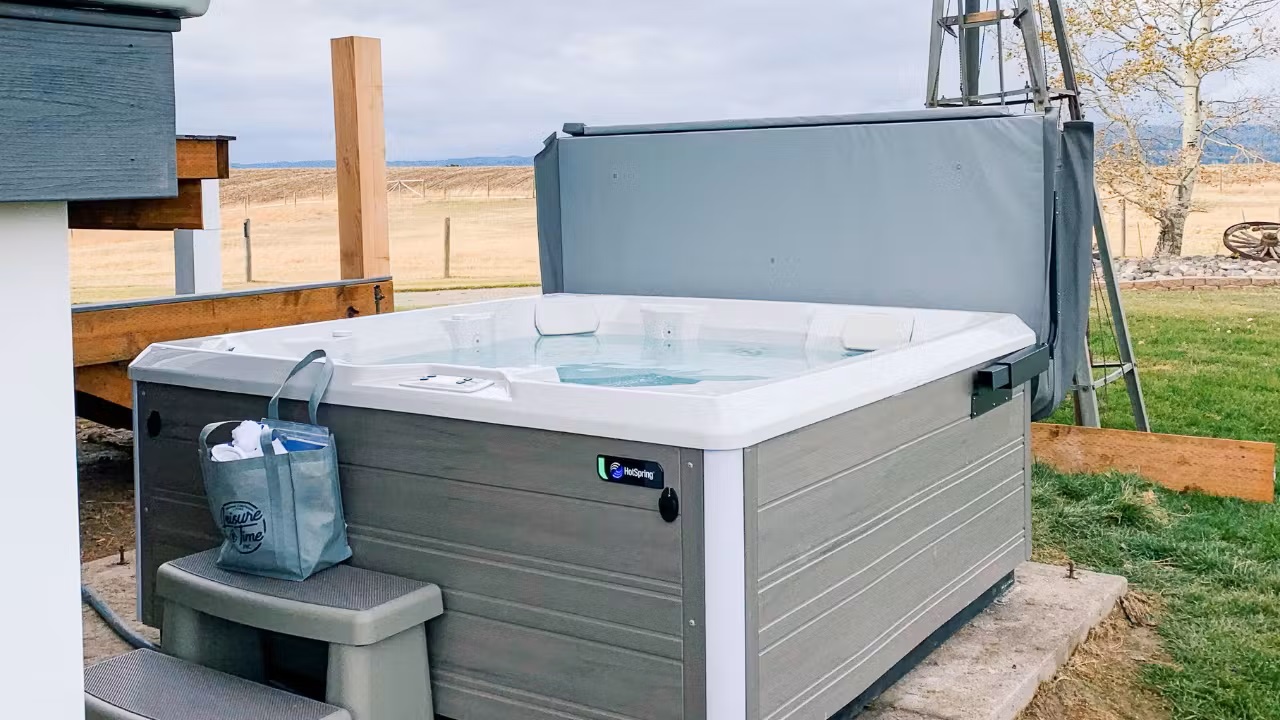
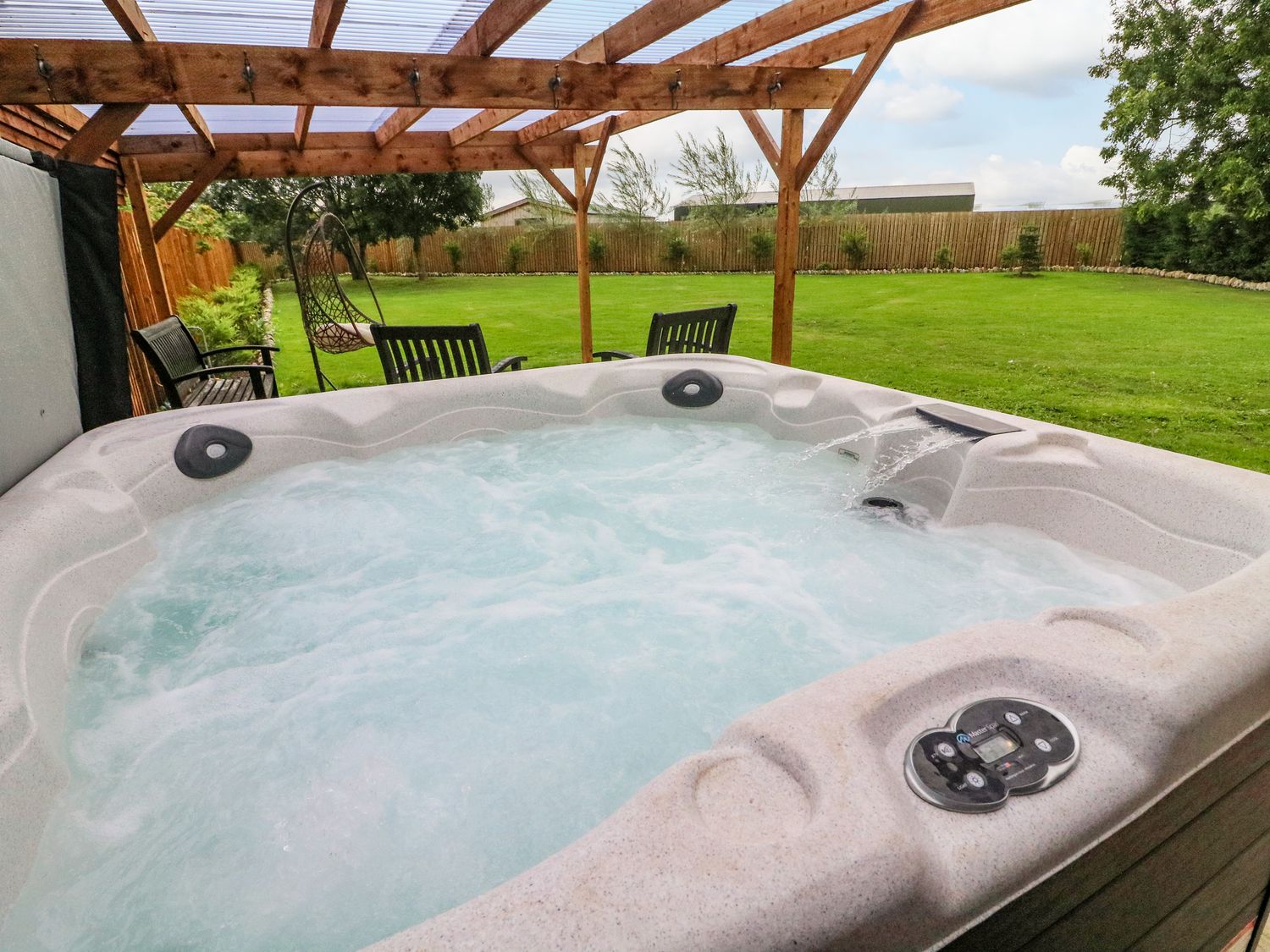

0 thoughts on “How To Lower Cyanuric Acid In Hot Tub”